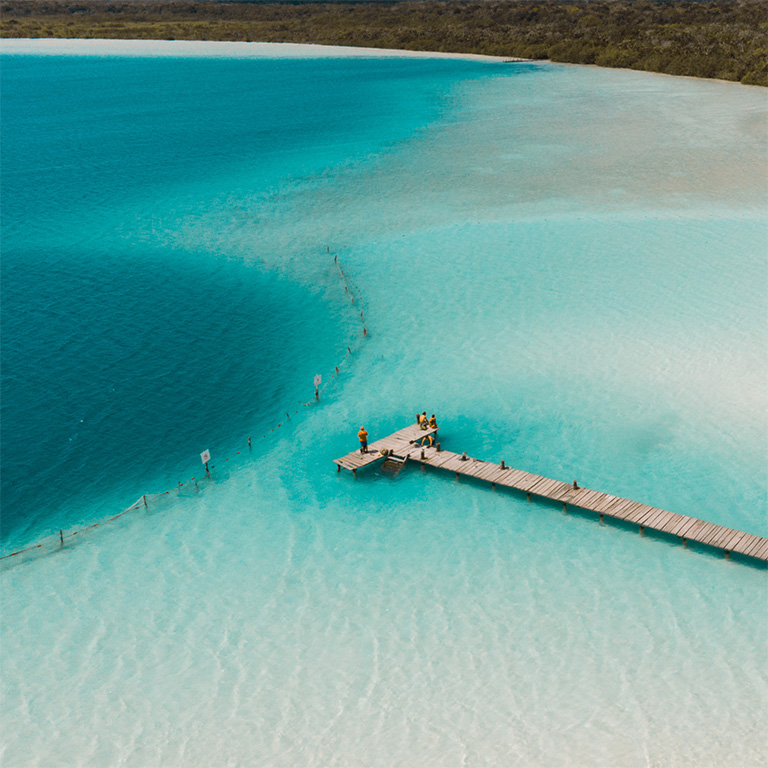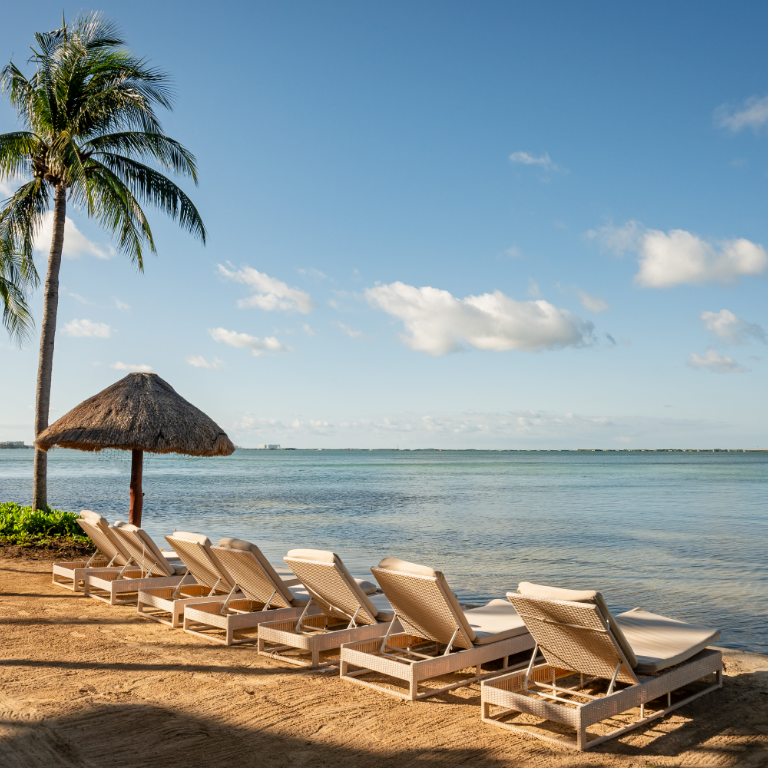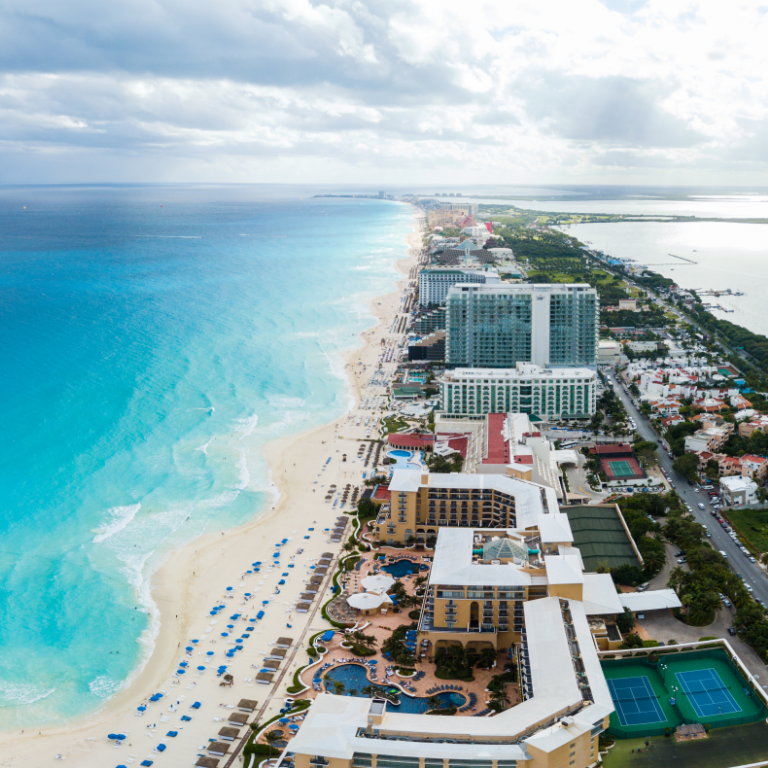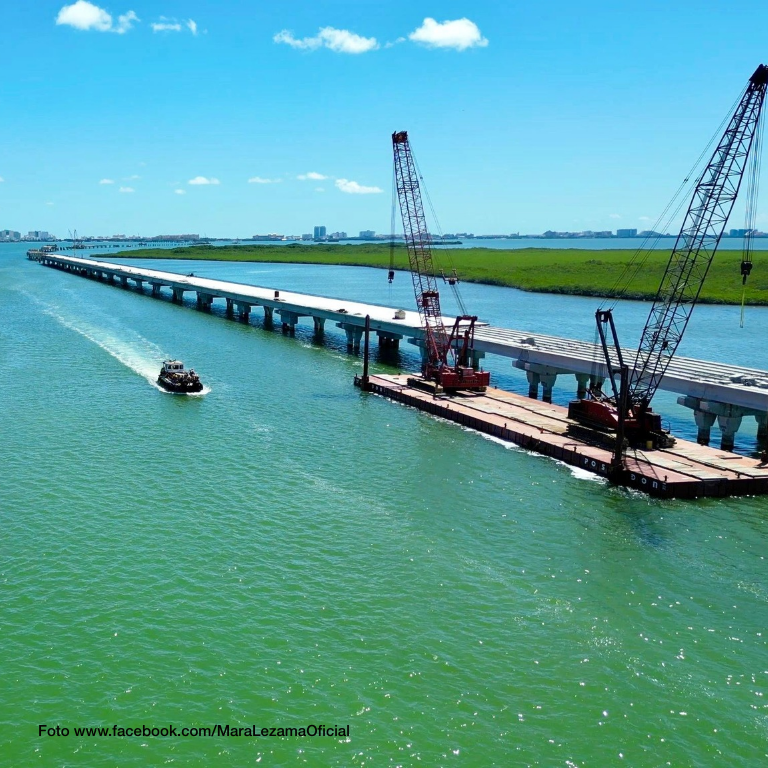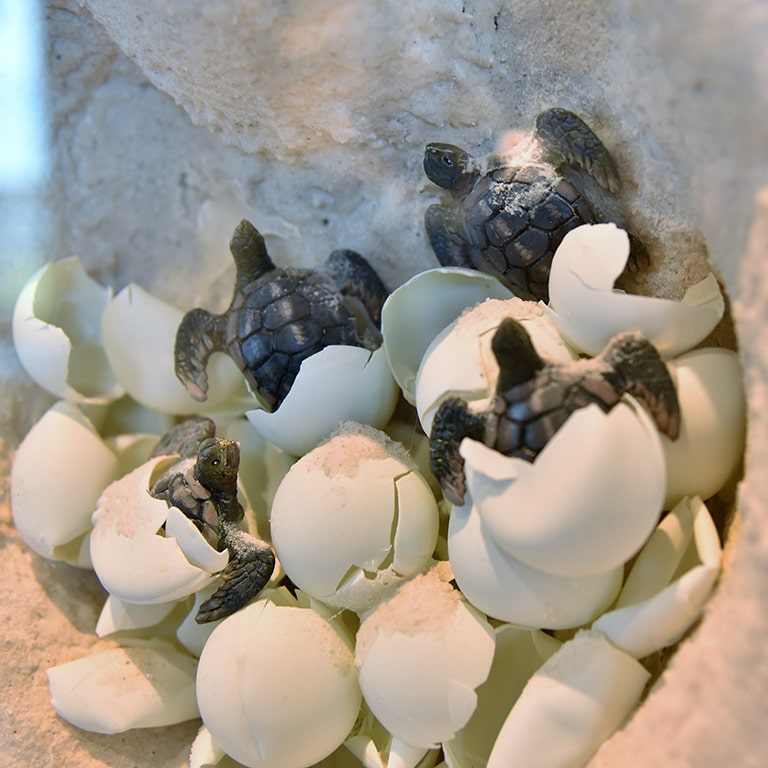
World Sea Turtle Day is June 16 and has been celebrated since 1909. Sea turtles represent a very ancient lineage of species that has endured on Earth for the last 200 million years, becoming living witnesses of marine history. In addition to their ecological importance, sea turtles have deep cultural significance and attract considerable tourist interest.
Importance of Sea Turtles in the Marine Ecosystem
Sea turtles play a crucial role in marine ecosystems by maintaining the health of seagrass fields and coral reefs, benefiting commercially valuable species such as shrimp, lobster and tuna. In addition, they transport nutrients, remove sand from beaches and feed on sponges and jellyfish, helping to maintain population control of these species.
Threats to Sea Turtles and Conservation Measures
Sea turtles face various natural threats and others created by human activity. At birth their shells are relatively soft and they are easy prey for seabirds, crocodiles and other species as they move along the beach towards the sea. Even in the sea at maturity they are part of the diet of sharks and orcas.
On the other hand, coastal urbanization, pollution of its habitat, targeted fishing, the presence of invasive species and collisions with boats threaten the species. Plastic pollution, mainly, is a big problem. It is sadly common to find sea turtles tangled in fishing nets, which prevents them from swimming and feeding properly. Additionally, sea turtles often mistake plastic bags floating in the sea for their favorite food: jellyfish. Upon ingestion, the bag obstructs its intestine and the turtle dies.
Some measures for the conservation of the sea turtle are:
- Avoid littering, especially plastic
- Do not consume sea turtle products
- Do not interfere with their spawning process, unless you have proper training
- Join conservation programs to receive proper training
On the other hand, their ability to lay more than 150 eggs per nest and nest multiple times during the season helps offset high mortality rates, allowing some of these creatures to reach maturity.
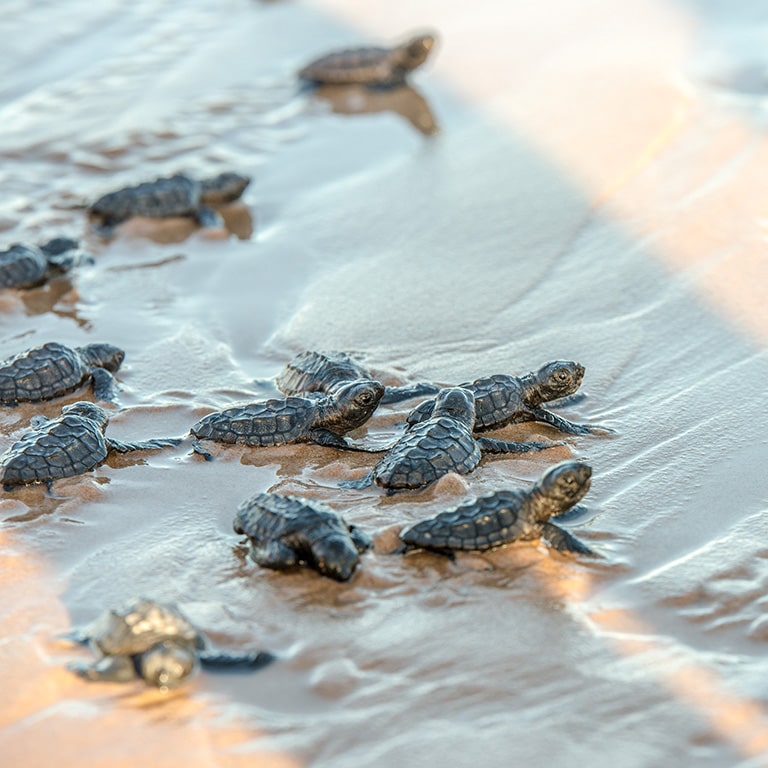
Organizations that Protect Sea Turtles
There are various organizations and programs that are working to protect sea turtles around the world. Mexico, through the Federal Environmental Protection Agency and in conjunction with civil organizations, carries out the National Sea Turtle Conservation Program in the coastal states where sea turtles come to lay their eggs.
Almost all countries with coasts where sea turtles nest have similar programs, public and private, some of the best known are:
- World Wildlife Foundation
- Greenpeace International
- Sea Turtle Conservancy
- Oceanic Society
- See Turtle
Sunset World Supports the Preservation of Sea Turtles
Every year sea turtles nest in the Mexican Caribbean from May to early November and one of the beaches that receives the most turtles is located in front of Sunset Royal Beach Resort of Sunset World, so the security staff at this hotel is constantly trained, through the National Sea Turtle Conservation Program, to take care of the females as they arrive, lay their eggs, and leave. They are also responsible for collecting the eggs, placing them safely in pens, and caring for the baby turtles when they hatch and are ready to be released into the sea. Sunset World has been actively involved in the National Sea Turtle Conservation Program since 2009.
Aspects covered in this training include:
- Temporary removal of beach furniture
- Proper management of females
- Proper egg handling
- Selection of the construction site for a pen
- Construction of a pen
- Nest location
- Collection of clutches
- Sowing clutches
- Nest conservation techniques
- Egg and nest counting
- Controlled hatchling release
- Statistical report of arrival of females, clutches and young

